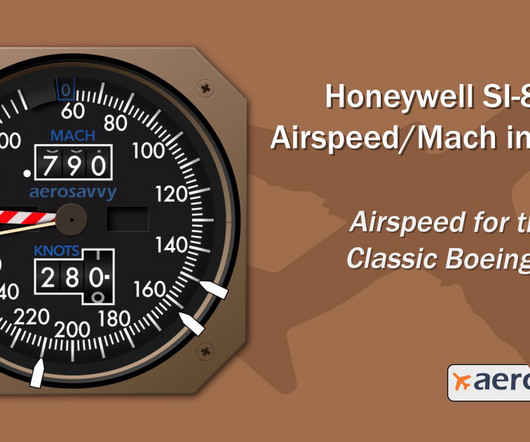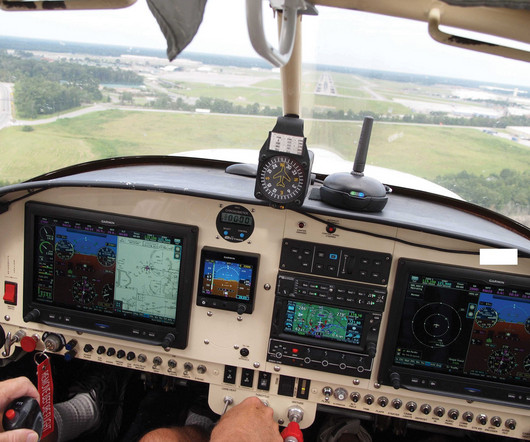Examining over 100 years of flight automation and the history of the autopilot
Aerotime
APRIL 3, 2025
Flying for extended periods of time at the controls of a basic aircraft was hard physical work, and poor weather or mechanical issues could also add to pilot fatigue on longer flights. However, in more recent times, there have been arguments that the reliance on cockpit automation has gone too far. Has automation gone too far?














Let's personalize your content